
In this era of deep polarization and distrust, it seems as if Americans are incapable of agreeing with each other on anything or anyone. But, is it really as bad as it looks? Are we so divided that we can’t even agree on basic assumptions about American democracy?
The folks at the online polling firm SurveyMonkey tried to get some answers to these questions in a survey they conducted on civic engagement. The national survey of 5,385 US adults (conducted June 19-21) was done for use at the Aspen Ideas Festival and shared with The Cook Political Report.
First, the good news: Americans are united in their support of the basic tenets of our democratic system such as political checks and balances and the free expression of political views. Almost all — 83% — support dividing power between the three branches of government to “prevent abuse and protect liberty”, versus the scant 11 percent who say “we’d be better off if a single leader had greater power.” Sixty-nine percent feel “comfortable” expressing their true feelings about politics. The vast majority (72 percent) said they can usually find at least one candidate who addresses issues that “matter to me.”
Americans are also united in their frustration with the current political climate. More than 85 percent of Americans believe that political polarization is “threatening to the American way of life.” And, just a quarter of Americans think that the “government in Washington represents the views of people like yourself.”
But, scratch below the surface and you can see the partisan, racial and educational divides on issues ranging from views on the strength of our democracy to who can/should vote, to how involved Americans plan to be in civil and community affairs. For example, a bare majority of Americans (50 percent) say that they have “faith in American democracy,” while 39 percent said they have “lost faith” in American democracy. Another seven percent said they “never had faith” in American democracy. Those with the most faith are older, white, Republican, and college educated. Those with the least faith in American democracy: blacks, younger voters, independents, and those with just a high school education.
On the issue of voting — and who should and shouldn’t vote — it looks on the surface as if all Americans agree that more people should be involved in the process. Almost 70 percent agreed with the statement that “if more people voted our government would function better.” Just 34 percent picked the statement, “it’s more important that the right people vote so that the best leaders are chosen.” Agreement on the issue transcended race, age and educational attainment.
Yet, the partisan differences on this question are dramatic, and they help explain the battles between Democrats and Republicans on the issues of “voter disenfranchisement” versus “voter fraud.” Almost three-quarters of Democrats wanted to see “more people vote”, while Republicans were evenly divided between “more people” and the “right people” voting.
The extent to which people have engaged civically — and their intent to engage in the next year or two — is also a tale of two (or three, or four) different Americas. While most Americans say they feel comfortable expressing their political views, a third of Hispanics, independents and high school educated voters reported feeling “uncomfortable” expressing their views. Meanwhile, just 25 percent of whites, blacks, and college-educated voters reported feeling uncomfortable. Democrats and Republicans feel equally comfortable (and uncomfortable) expressing themselves.
Twice as many Democrats (12 percent) as Americans on the whole, said they had protested, marched, or demonstrated in the last two months. Almost a quarter (23 percent) of college-educated voters said they’d boycotted a product or company for political reasons in the last couple of months – just 15 percent of Americans said they’d done the same. More than one-third of older voters said they had voted in a recent election, compared with just 17 percent of younger (18-24 year old) voters. The most common form of political activism and expression is sharing a political opinion on social media – something that 28 percent of Americans said they’d done in the last two months. The most prolific posters: Democrats, college educated voters, and younger voters.
It remains to be seen if the increased level of engagement from Democrats and college-educated voters — two groups who deeply disapprove of President Trump — will make a difference either electorally or legislatively. Meanwhile, Republicans are not as engaged as Democrats (40 percent said they’d engaged in “none” of 10 different activities compared to 30 percent of Democrats who said the same). But, they are also more likely to be happy with the current political situation. After all, 88 percent of Republicans approve of the job Trump is doing compared to just 8 percent of Democrats. Had Hillary Clinton won the White House, I think we could expect to see a much more activist GOP.
Voters’ intent to stay engaged is also worth paying close attention to – especially when it comes to their commitment to voting in upcoming elections. Overall, 73 percent of voters say they plan to vote in elections in the next “year or two.” Yet, that intent varies by demographic group. Older voters, whites, and those with a college education are the most committed to voting. These voters, by the way, are consistently the most active and engaged in off-year elections. Younger voters and voters of color are less committed. Again, something that has been consistent in recent off-year elections, and a big reason why Democrats see their political fortunes rise in presidential years and fall in midterms. Democrats (80 percent) and Republicans (77 percent) are equally committed to voting in upcoming elections.
It’s also worth noting that dislike of Trump doesn’t necessarily translate into intent to vote in the next election. For example, African Americans give Trump a measly 17 percent job approval. Yet, just 61 percent say they plan to vote in the upcoming elections. Compare that with older voters – they give Trump a decent (though not impressive) 48 percent approval rating. And, 82 percent say they expect to vote in an upcoming election. This dynamic was apparent in 2016 as well, where non-white voters gave Trump dismal ratings, yet also failed to show up and vote. It’s clear that neither party has delivered an effective rationale to these voters about why their vote matters.
We live in an era where opinions on everything from the state of the economy to the state or our democracy depend less on your own personal experience and more on your political identity. Those who are the most likely to support the current president are also the most likely to say that they think democracy is doing great. Those that don’t support him aren’t so sure. If a Democrat is elected in 2020, we should expect to see those opinions flip.

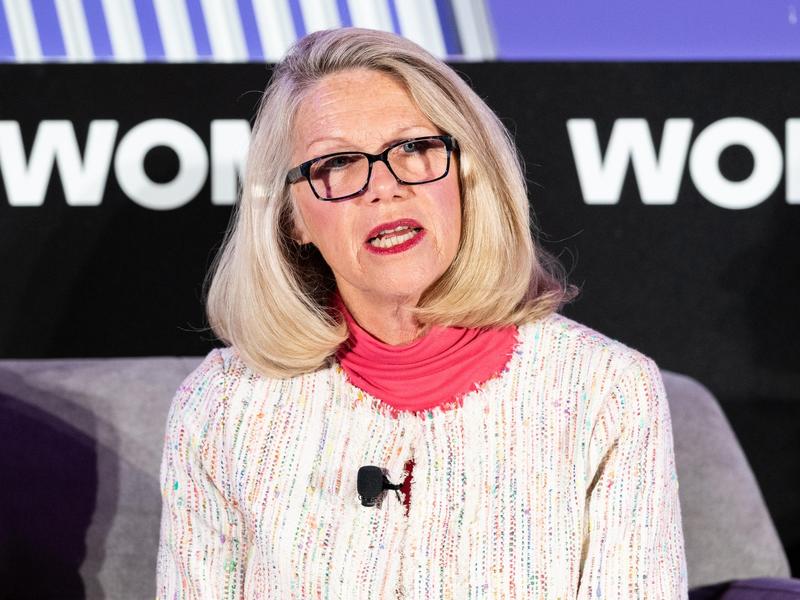

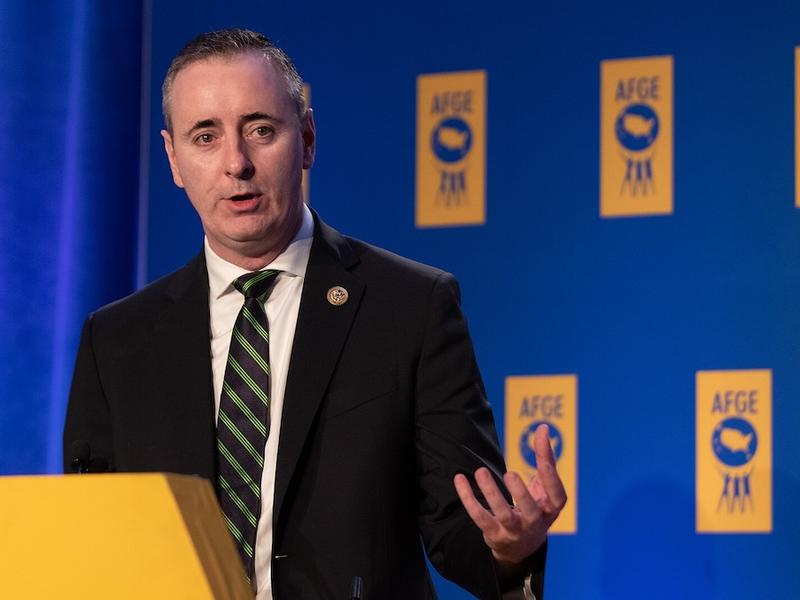
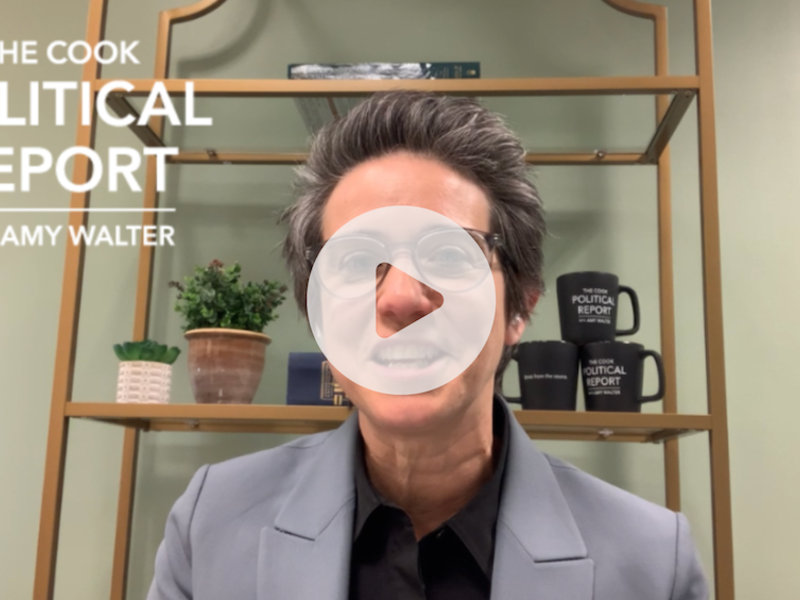

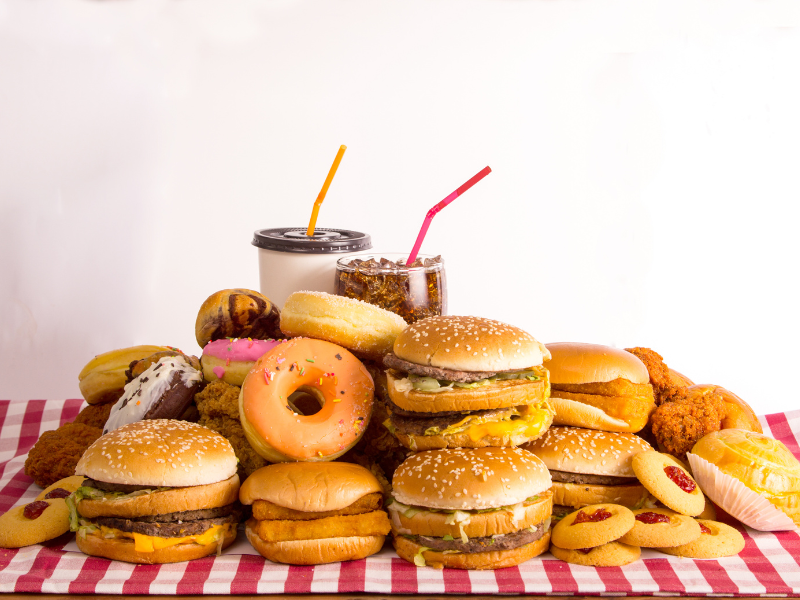

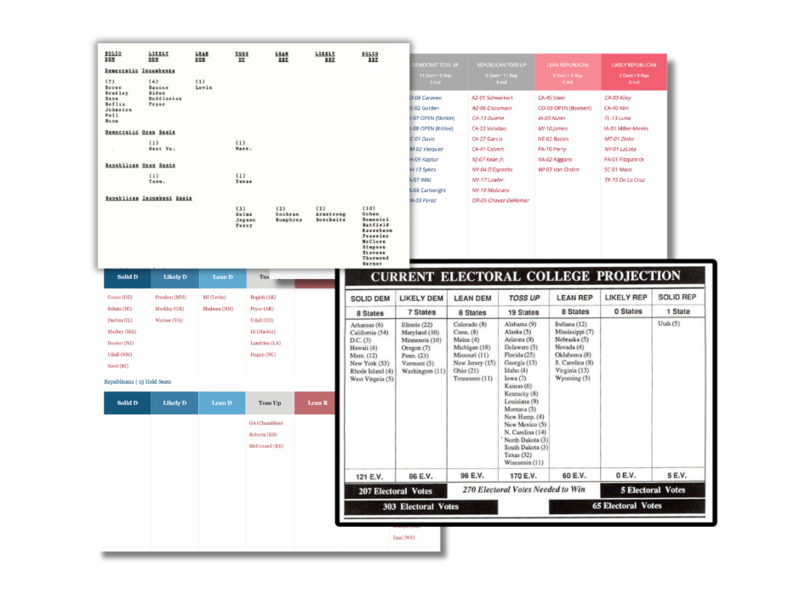
Subscribe Today
Our subscribers have first access to individual race pages for each House, Senate and Governors race, which will include race ratings (each race is rated on a seven-point scale) and a narrative analysis pertaining to that race.